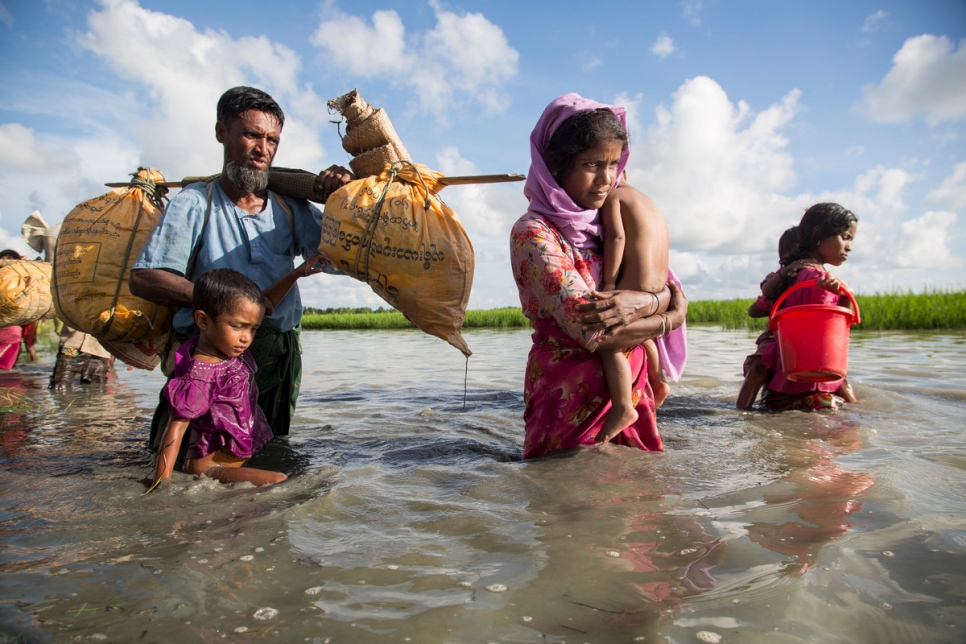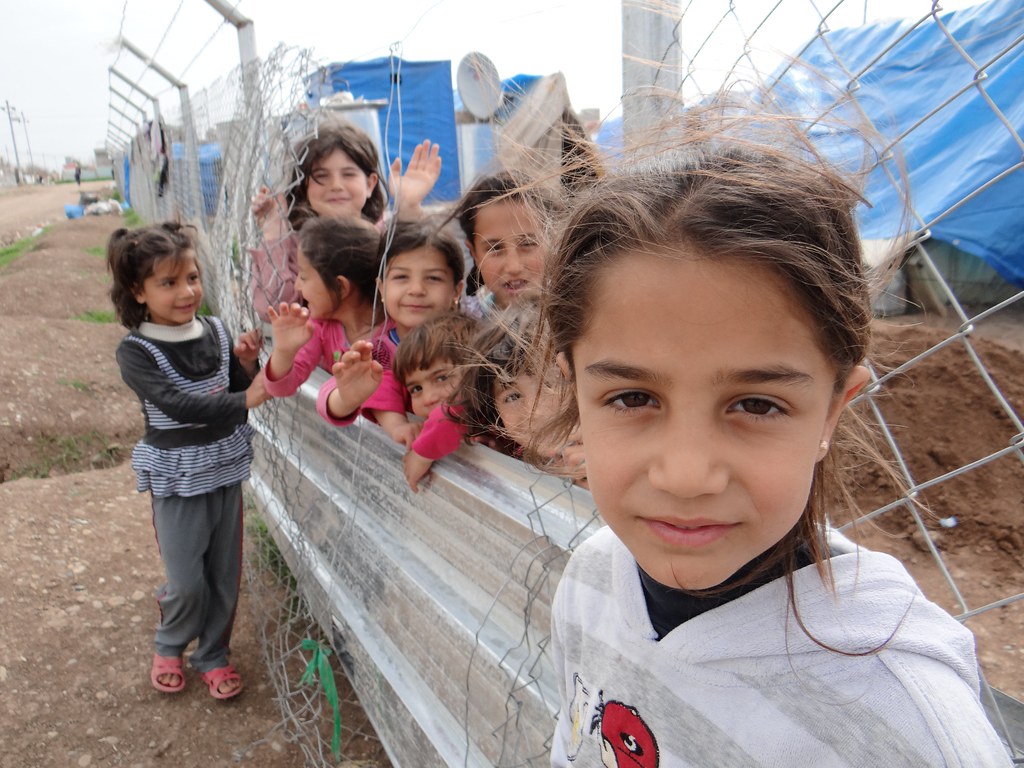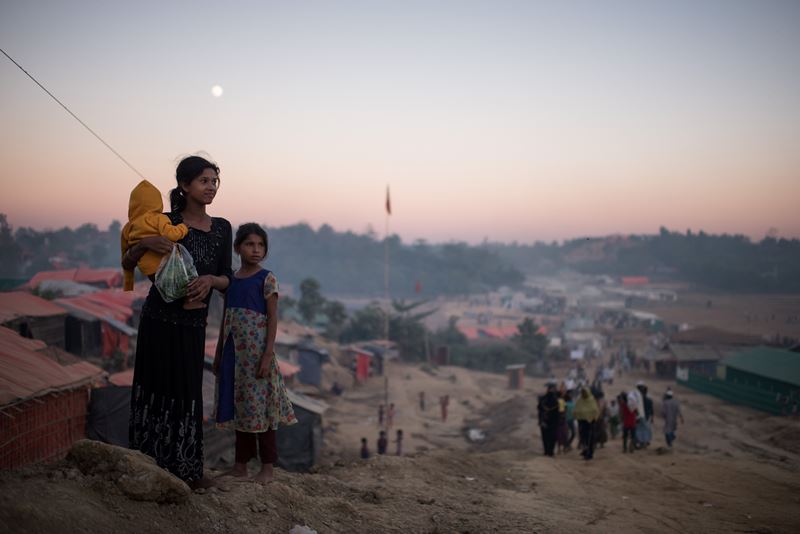The coverage of refugee crises plays a critical role in shaping public perception and influencing global responses. As millions of people are displaced due to conflict, persecution, and natural disasters, how these stories are told by the media can impact the level of support and action taken by governments and communities.
However, reporting on refugee crises presents numerous challenges, from access to accurate information to overcoming biases. This article explores the challenges in covering refugee crises, the role of the media in shaping awareness, and notable success stories that have brought much-needed attention to displaced populations.
Definition of refugee crises
A refugee crisis refers to a situation where large groups of people are forced to flee their countries due to war, persecution, violence, or natural disasters. These events often lead to mass displacement, creating severe humanitarian challenges for host nations and international organizations.
In the context of coverage of refugee crises, it is crucial to understand that these crises involve not only the immediate need for food, shelter, and medical aid but also long-term issues such as legal protection and integration. The media’s role in highlighting these crises can shape public awareness and global responses.

Current situation of refugee crises worldwide
Today, the world is facing multiple refugee crises, with millions of people displaced due to conflicts, persecution, and natural disasters. The ongoing wars in countries like Syria, Afghanistan, and Ukraine have led to mass exoduses, with refugees seeking safety in neighboring regions and beyond. In Myanmar, the Rohingya crisis continues to force thousands into refugee camps in Bangladesh, while Venezuela’s economic collapse has displaced millions across Latin America.
In total, over 100 million people are forcibly displaced worldwide, according to the UNHCR. These numbers highlight the urgent need for international cooperation and humanitarian aid. Media coverage of refugee crises is essential in bringing attention to these ongoing crises, raising awareness, and driving global action to support those affected.
Media coverage of refugee crises
The media coverage of refugee crises plays a pivotal role in shaping public perception, influencing policy decisions, and raising global awareness. Through various platforms such as television, newspapers, and social media, the media helps to highlight the struggles of displaced populations, bringing their stories to a wider audience.
However, the effectiveness of this coverage varies. In some cases, the media focuses primarily on the political implications of the crisis, overshadowing the human stories behind the displacement. In others, there may be sensationalism or bias, which can distort public understanding of the causes and scale of the refugee crisis. Moreover, access to conflict zones and refugee camps is often restricted, making accurate and comprehensive reporting challenging.
Balanced and empathetic media coverage of refugee crises is essential to counter misinformation and foster a global response. By highlighting both the immediate humanitarian needs and the long-term solutions required, the media can play a critical role in advocating for greater support and more sustainable solutions for displaced communities.

Challenges in covering information about refugee crises
Reporting on refugee crises presents several significant challenges. One of the primary obstacles is restricted access to conflict zones or refugee camps, making it difficult for journalists to gather accurate and timely information. Governments or armed groups often limit media entry to sensitive areas, which can hinder transparent reporting.
Another challenge is bias in media coverage, where certain crises receive more attention than others based on political interests or geographical location. This can lead to an unbalanced view of the global refugee situation, leaving less prominent crises underreported.
Additionally, the complex nature of refugee crises-stemming from war, persecution, and natural disasters-makes it hard for media outlets to convey the full scope of these events. The focus is often on immediate humanitarian needs, but long-term issues like integration, legal protection, and the root causes of displacement can be overlooked.
Lastly, the rise of misinformation and the use of refugees as political tools in certain regions further complicates the ability to deliver accurate, unbiased coverage. Overcoming these challenges is crucial for fostering global understanding and supporting displaced populations.
Role of international and humanitarian organizations in improving coverage
International and humanitarian organizations play a vital role in enhancing the coverage of refugee crises and ensuring that the stories of displaced individuals are accurately represented in the media. Organizations such as the United Nations High Commissioner for Refugees (UNHCR), the International Rescue Committee (IRC), and Médecins Sans Frontières (Doctors Without Borders) provide essential resources, data, and support to journalists reporting on these crises.
These organizations often facilitate access to refugee camps and conflict zones, allowing reporters to gather firsthand accounts and accurate information. By working closely with the media, they help shape narratives that focus on the humanitarian aspects of displacement, moving beyond statistics to highlight the personal stories of refugees. This collaboration can lead to more nuanced reporting that fosters empathy and understanding among audiences.
Moreover, international and humanitarian organizations often conduct advocacy campaigns that bring attention to underreported refugee crises. They utilize social media platforms to amplify their messages, making it easier for journalists to find relevant stories and updates. By providing training and resources to local journalists, these organizations also empower communities to share their experiences, leading to more diverse voices in the coverage of refugee issues.
Ultimately, the involvement of international and humanitarian organizations is crucial in improving the coverage of refugee crises. Their efforts help ensure that the media portrays the complexities of these situations accurately, driving global awareness and action to support displaced populations.

Success stories in covering refugee crises
Several impactful success stories have emerged in the coverage of refugee crises, showcasing the media’s ability to raise awareness and drive action. One notable example is the extensive reporting on the Syrian refugee crisis since 2011. Through compelling human-interest stories and visuals, journalists have highlighted the struggles of Syrian refugees, leading to increased global support and resettlement initiatives.
Another success story is the coverage of the Rohingya crisis, which has brought international attention to the persecution faced by the Rohingya people in Myanmar. Investigative journalism has exposed their plight, resulting in humanitarian aid and advocacy efforts for refugees in Bangladesh.
Additionally, social media has transformed the coverage of refugee crises by enabling refugees to share their stories directly with global audiences. Initiatives like the “Refugee Stories” project empower displaced individuals to narrate their experiences, fostering a personal connection with viewers and combating stereotypes.
These success stories illustrate how thoughtful media coverage can inspire action and support for displaced populations worldwide.
In summary, the coverage of refugee crises is vital for informing the public and influencing policy decisions. Although challenges such as access limitations and media bias persist, the role of the media in highlighting the experiences of refugees cannot be overstated. Success stories within this coverage reveal the potential for impactful storytelling to generate empathy and drive humanitarian action.
As we move forward, it is essential for journalists, international organizations, and communities to work together in amplifying the voices of refugees, ensuring their stories are heard, and fostering a deeper understanding of the complexities surrounding these crises. Such efforts are crucial in mobilizing support and creating effective solutions for those affected.
